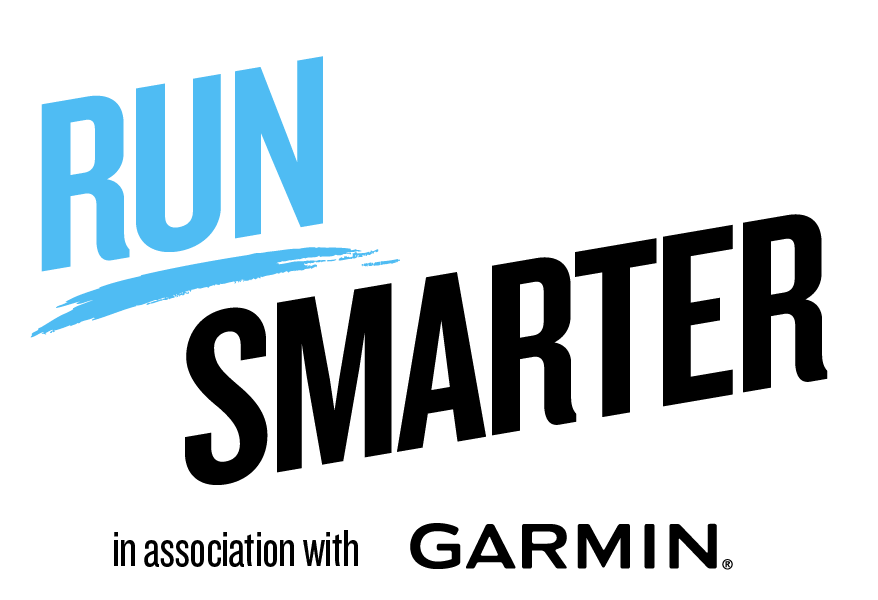What does 'hitting the wall' mean when running, and how can you stop it?
How to break through when you really need to

If you’ve considered running, or have already ran, a long-distance race before you’ve probably heard the phrase “hitting the wall”. Some serious runners also refer to it as “bonking”. Either way, the phrase refers to the experience of running out of energy with some miles still to go.
It can happen quite suddenly, and some runners find they feel as though they cannot take another step: it’s just like they have hit an invisible wall, hence the name.
The wall can take anyone unawares if they’ve not planned for it. Whether you’re already kitted out with the best running shoes money can buy, or you’ve just starting out jogging and keen to take on a big challenge, it’s helpful to know why some runners hit the wall, and what steps you can take to stop it happening to you.
Why do runners hit the wall?
A study from University College Dublin and the University of Rome defined hitting the wall as “a significant slowing of pace late in the race, typically after the 20-mile mark, and usually because of a depletion of the body’s energy stores”. Hitting the wall is simply your body running out of energy too early.
This is likely due to a combination of pacing and nutrition errors. The study found that “conventional wisdom is that runners hit the wall when their glycogen stores become depleted, usually as a result of poor race nutrition, which can be exacerbated by aggressive pacing”.
Essentially, if you expend too much energy, and don’t taken on enough food to replace the energy you use, you won’t last all the way through the race. It’s very important to use your limited energy stores efficiently, and keep replacing them as you go.
How to avoid hitting the wall
Firstly, you’ll want to get your body used to running long distances. It’s recommended to follow a training plan to gradually increase your mileage before the big day approaches, with a few long runs thrown in. During marathon training, it’s recommended to run over 20 miles twice during your training in the lead-up to the big day, with the last long run around three weeks before the race.
Get daily insight, inspiration and deals in your inbox
Sign up for breaking news, reviews, opinion, top tech deals, and more.
This also gives you time to practice pacing using the information on your Garmin watch, or other running watch of choice, which can tell you how fast you’re going. If you have a target time in mind (for example, under 4 hours, 30 minutes for a marathon) you’ll need to cover a mile in around 10 minutes, 17 seconds, holding that pace for the duration of the race. You can use virtual pacer features like Garmin's PacePro to monitor this pace, and reign it in if you’re going too fast.
Nutrition is also incredibly important. You need to take in lots of simple carbohydrates to replace all the energy you’re using. Sometimes this is in the form of high-energy solid food, like bananas or pitta bread, while others may prefer gummy sweets and energy gels. It’s recommended by running brand ASICS to consume the equivalent of an energy gel (around 25g of carbs) every 30-45 minutes during a race.

TechRadar created this content as part of a paid partnership with Garmin. It was written by a TechRadar journalist.

Matt is TechRadar's expert on all things fitness, wellness and wearable tech.
A former staffer at Men's Health, he holds a Master's Degree in journalism from Cardiff and has written for brands like Runner's World, Women's Health, Men's Fitness, LiveScience and Fit&Well on everything fitness tech, exercise, nutrition and mental wellbeing.
Matt's a keen runner, ex-kickboxer, not averse to the odd yoga flow, and insists everyone should stretch every morning. When he’s not training or writing about health and fitness, he can be found reading doorstop-thick fantasy books with lots of fictional maps in them.
